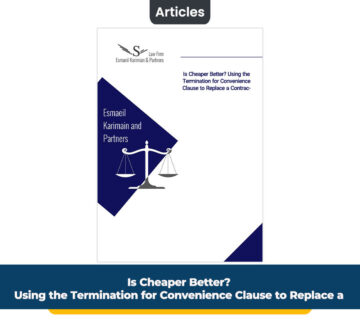Ambiguity in Building Contracts and Interpretation Doctrines: Where Are the Dividing Lines?
Before commencing a construction project, the owner attempts to convert its intention into plans and specifications, which it does not guarantee to be flawless. Inevitably, therefore, the plans and specifications contain defects, ambiguities, errors or inconsistencies for which the courts have developed interpretation doctrines to clarify ambiguous contracts and level the playing field for the parties to perform their obligations.
When an ambiguity undermines the true intention of parties in reaching an agreement, the contract is considered void and the interpretation doctrines have no role to play. On the other hand, ambiguous provisions of a contract or details of building specifications can be interpreted by means of specific rules. When ambiguity is latent, the rule of contra proferentem is utilized to interpret the contract against the party that created it. However, when the ambiguous language of a contract is patent, the “patent ambiguity doctrine” and the “duty to warn” have been developed to make the contractor responsible for seeking clarification or informing the owner about the defect in the contract or specifications.
The dividing lines between the two doctrines of “patent ambiguity doctrine” and the “duty to warn” can be drawn by considering the scope and duty of the contractor. The first doctrine was created in the U.S. and only used in public construction contracts where the contractor must identify obvious ambiguities and request clarification at the bidding stage and before signing the contract. On the other hand, the scope of the contractor’s duty to warn is extended over the entire period of project implementation and is not limited to the tender stage. However, it seems that informing the owner of a defect or imminent danger would be enough to discharge this duty of the contractor.
Throughout this article, dividing lines are drawn between these similar doctrines in order to identify the situations in which either can be used by the courts.





No comment